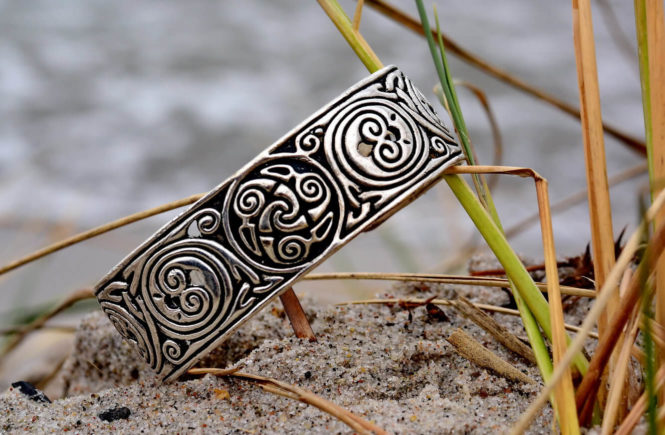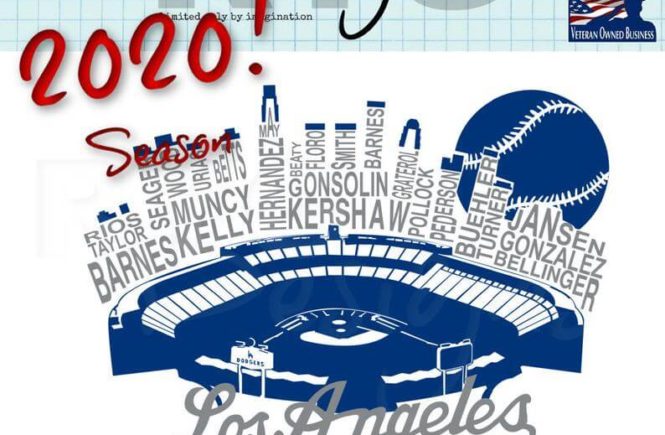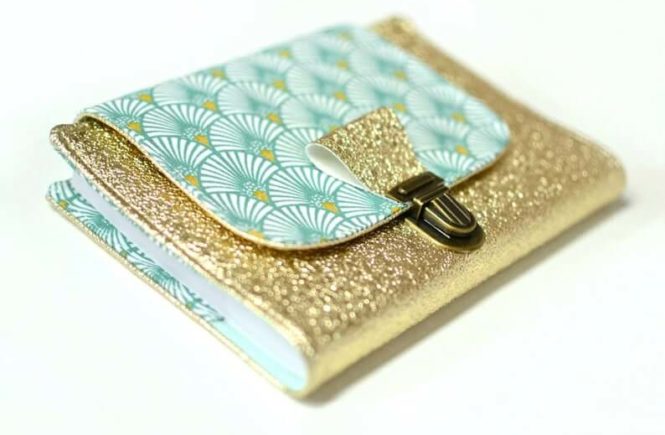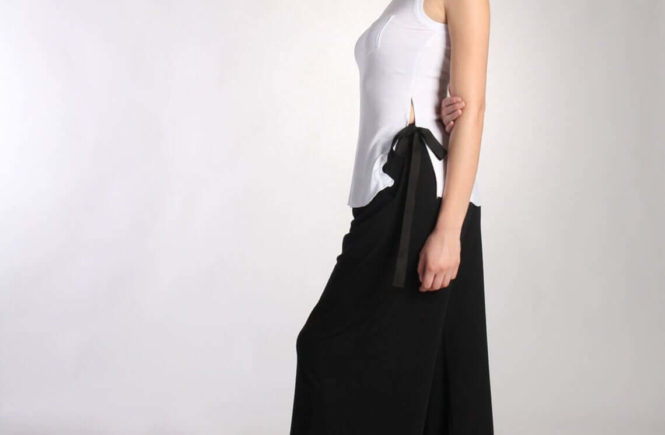[vc_row][vc_column][vc_message]Niche : Jewelry and Accessories
Shop link : https://www.etsy.com/shop/PeraPeris
Pinterest : https://www.pinterest.com/PeraPeris[/vc_message][/vc_column][/vc_row][vc_row][vc_column][vc_column_text]
Tell us something about yourself, how did you get started, do you consider yourself a crafter, maker, artist…
Born in Norway and raised in Berlin, today I live with my wife in a house in the countryside near Dresden in the east of Germany. For more than 25 years, I am concerned with the development and production of historical items together with skilled and motivated staff.
The beauty and expressiveness of historic crafts fascinated me since my early youth – As a result after a long-standing involvement in museum projects and medieval re-enactment I founded my own company in 1995.
From the early beginning my main goal was to offer historically inspired products in high quality but at competitive prices – and I think that I succeeded.
In the year 2000, I started also with a medieval wholesale store to supply our products to retailers on medieval markets, stores, and webshops.
How did you discover Etsy? Did you have any previous experience in selling handmade products? Why did you start selling online?
Before I had my own shop, I offered my goods mainly at medieval markets. Looking for inspiration for my historical creations, I discovered Etsy at some point and was immediately thrilled by the easy handling and the great community.
I had also tried to sell on eBay or Amazon before, but it was very complicated and time-consuming. ETSY shows that it can be much easier.
What products do you sell, what type of materials are used in your creations, how do you design your products, what makes your products stand out ?
Mostly new products start with a small picture that impressed me somewhere, for example in a book or an exhibition catalogue, in a museum or of course on the internet.
The next step is a drawing in which I edit and newly design the template according to my own feeling and taste.
The final draft goes to one of my employees or partners who make a prototype of my design in the desired material. Mostly there are still some revisions necessary until I am completely satisfied, but then the new products can already be produced in a small series.
Only when this first pilot batch is really satisfying the new item is being produced in greater numbers and offered to our customers – This ensures that my clients only get the best quality indeed.
In this way, we produce many different historically inspired items and museum replicas of bronze, Zamak, bone, leather, and iron-like historical jewelry, belts, bags, knives, and medieval camp equipment for our customers.
How was your experience in learning to craft, are you self-taught or did you have a mentor, how long did it take for you to be satisfied with your creations
Already as a child, as a member of the Boy-Scouts, I did my first steps in do-it-yourself handicraft. Later, at the age of 17, I became a member of a medieval group, which dealt with the re-enactment of the Viking Age.
Together we visited many medieval markets, went on Viking camps, and joined and supported museum festivals. In order to finance my equipment, I started to offer some things for sale there, like leatherwork, self-made knives, and hand-carved spoons. Some years later I became a volunteer in a medieval open-air museum and showed visitors how shoes and bags were sewn in the old days.
After finishing school I wanted to study archaeology. But since I fell in love with my present wife I moved away from Berlin and I had to earn my living in another way. So I decided to live from what my hands made possible and started with selling on medieval markets in Germany and some other European countries.
[/vc_column_text][/vc_column][/vc_row][vc_row][vc_column width=”1/3″][vc_single_image image=”100000704″ img_size=”737×737″ onclick=”link_image” css_animation=”appear” bb_tab_container=””][/vc_column][vc_column width=”1/3″][vc_single_image image=”100000703″ img_size=”737×737″ onclick=”link_image” css_animation=”appear” bb_tab_container=””][/vc_column][vc_column width=”1/3″][vc_single_image image=”100000702″ img_size=”737×737″ onclick=”link_image” css_animation=”appear” bb_tab_container=””][/vc_column][/vc_row][vc_row][vc_column][vc_column_text]
What was your original goal when you opened up an Etsy shop? What impacted your decision to start selling online? Do you consider online selling as a side-job, full-time job or extra income to pay for your hobby?
Since medieval markets in Europe are mainly held in summer, it was always very difficult to earn the necessary money to live in winter. Having your own webshop makes a lot of work and costs a lot of money and you only reach a small number of people.
At ETSY the whole world is open to you and you are there together with people who do and love similar things like you. So selling on ETSY helped me a lot to live better from my handcrafts.
Did you have any fears or reservations before opening up your Etsy shop? Were you worried about profitability or product competitiveness? What are some concerns and questions you had before you got started? How did you overcome them?
A little problem with ETSY is that many other producers see what kind of creations you design and can easily copy them. Some buy a model from you at Etsy and offer a copy of it in lower quality and pull your own design down with it. This is sometimes quite frustrating. This is what I was frightened and what happened in the end.
How long did it take for you to get your first sale? Did you ever thought you would make a lot of sales in the first year? What was a goal you were hoping for? How many sales an average you get per week?
I cannot remember anymore, but anyway, it did not take a long time and my business was increasing rapidly on ETSY and still does. In the beginning, I only sold one or two items a week. Today I sell often more than 50. Especially on weekends, many people use ETSY for shopping and of course for x-mas.
Do you have a job outside Etsy? If not, are you able to commit full-time to online selling? How does your typical day look like? How do you manage time?
Yes, my main profession is my medieval workshop and my own online shop. In my design studio I create new products with some partners and sell them through the online shop and on ETSY.
Usually, the first movement after waking up is to reach for the notebook next to my bed. Still lying in bed, sometimes with a coffee in my hand, if my wife is nice and brings me one, I read my emails first.
Afterward, I sometimes do some social media on Facebook, Pinterest, or Instagram or write texts for new products or edit product pictures.
Between 10 and 12 o’clock I drive to the company, print out the new orders, and discuss the daily routine with the partners. Mostly, then I cook lunch, which is free for all employees, and then get to work with the second coffee of the day to put products in the shop, communicate with suppliers, or implement new ideas.
Formerly I used to do everything all by myself. From product design and production to sales and shipping. Today I mainly take care of new models, social media, and image editing. For the actual production, answering customer inquiries and writing invoices and taxes now I have employees. The shipping is done by my wife, with whom I have been standing side by side every day from morning to evening for 25 lucky years.
After work, I like to sit on the veranda of our house in the green and read something or do something in the garden or go jogging, swimming or swing dancing. In the evening, mostly I sit in front of the TV beside my wife on the sofa with my notebook by hand and work still a bit on product texts and pictures or write for my medieval blog.
How does your manufacturing process looks like for e.g. your best selling product? Do you create products ahead of the orders? Do you customize your products, if so how? What are tools that you are using in manufacturing process?
Indeed, 95 % of the designs of the product offer are my own ideas. Formerly, I used to make all products completely by myself and completely manually.
I made my first knives over the gas stove in my kitchen and felled one or two trees for my wooden spoons. Since I didn’t have a sewing machine, I had to sew all bags by hand at the beginning and cut every piece of leather with a sharp half-moon knife.
Today I have not only a heavy punching machine and a fast sewing machine, but also a splitting machine, spindle presses, and a lot of other tools in my workshop. Forging is only still done for prototypes, I have outsourced the actual product because there is simply not enough time for it.
We also do not anymore make wax models for jewelry or buckle casting because it is very time-consuming. I edit the designs on the computer and send the files to the modeler. This saves a lot of time and guarantees better results. But all the leatherwork is still made in my workshop and still, a lot of handwork is necessary.
What is the biggest impact on profitability of your shop? How expensive are the materials you use? How do you price your products?
This is a difficult question. Demand determines the price. No matter how good or nice a product may be, if it will not be bought, you may have to reduce the price to be able to sell it at all, even if it is actually worth more.
And other products are bought where you have a very good margin because the customers love them – a classic win-win situation. In the end, it’s important that the bottom line is right. You earn more with some products, less with others, and some just help pay the rent or the employees without earning anything yourself.
The most expensive thing, apart from the material, is the working time, which can be significant for handmade products. Because in a small workshop you don’t just stand from morning to night at an assembly line like in a factory, but you talk a lot, joke around, drink coffee, and listen to music together.
Work should be life, not just time to earn a living.
What inspires you when you’re creating? How do you get ideas for new products? What are some methods or tools you use to get creative?
When I try to adapt a historical model for my own design, I usually take an image from the Internet, for example from a museum site, and edit it on the computer so that it seems suitable for my purposes.
Sometimes I also get inspired by-products of other manufacturers and think to myself: “I can do that better”.
Besides the computer, my main tool for new models is a pencil, ruler, cutter, paper, cardboard, leather – and a lot of time. You wouldn’t believe how much time it can take even to make simple patterns. Sometimes you stand two days at a little thing and then throw it all away annoyed to try again a few months later with a new idea.
Sometimes you need an u-turn in your thinking so that inspiration really becomes a functional product in the end.
Do you ship your product internationally? How do you handle postage pricing? What is average time it takes from the order to the delivery? Do you use free shipping? If so, why? How do you package your products?
I ship internationally. Sometimes you wonder who in the world is interested in my products. I’ve sent shipments to Japan, New Zealand, the United Arab Emirates and other foreign countries far in the world.
I also didn’t think that there are Viking groups in Peru who want to buy Scandinavian replicas…
Free shipping has unfortunately several problems in worldwide shipping. Of course, this is an incentive to buy. But the costs add up and in the end, you lose a lot of money. This can only be achieved by those who make their products so expensive that it doesn’t matter or who has an extremely good margin. For Europeans who send overseas, it is actually too expensive.
Anyway, I use most professional paper boxes for secure shipping. As well this is a cost factor that must not be forgotten. Once a day the forwarder comes to the company and pick up all the daily parcels to share my products to the world – mostly in a few days, maximum within one or two weeks.
[/vc_column_text][/vc_column][/vc_row][vc_row][vc_column width=”1/3″][vc_single_image image=”100000701″ img_size=”737×737″ onclick=”link_image” css_animation=”appear” bb_tab_container=””][/vc_column][vc_column width=”1/3″][vc_single_image image=”100000700″ img_size=”737×737″ onclick=”link_image” css_animation=”appear” bb_tab_container=””][/vc_column][vc_column width=”1/3″][vc_single_image image=”100000698″ img_size=”737×737″ onclick=”link_image” css_animation=”appear” bb_tab_container=””][/vc_column][/vc_row][vc_row][vc_column][vc_column_text]
Are you worried about competitors? Does it impact your business in any way? If there are a lot of similar products, how do you make your own stand out?
Yes, it does, definitely!
At present, it turns out that there are more and more sellers, who are offering cheap Chinese products with high margin on ETSY who are bought from Chinese companies on Alibaba. This is joking the idea of ETSY.
But still worse: It seems clearly that these Chinese producers bought models directly on ETSY to copy.
Many, many of my personal jewelry designs who took a lot of time and money to create are now offered in lazy quality from competitors on ETSY.
This is incredibly frustrating and leads me to think about whether there is still sensitive to develop new designs when they are copied in the shortest time… 🙁
How do you deal with disputes or bad rating/feedback? How do you manage presale and post sale communication and customer satisfaction?
The customer is king!
Inquiries and emails are answered immediately several times a day, except for weekends and holidays. I always try my best to make the buyer happy. If there is something wrong with the delivery, it will be replaced immediately.
If someone has received something wrong, he can usually keep the wrong one and the right one will be sent as soon as possible. That our customers are not only satisfied with the quality but also with the communication and the returns’ management can be seen from our mostly positive reviews on ETSY.
Has selling on Etsy changed your life in any way? If so, how? Did you ever thought you would get this far with your shop? Have you ever been stressed dealing with customers and manufacturing products? How did you deal with that?
Selling on ETSY made my life easier because there is as secure income every week and I can try out new design ideas and can be sure to have a bigger audience and thus a better chance to sell. A bit stressful is that many customers are asking where their shipment is or if I can do one-of-a-king-products or have simple questions about sizes or other terms. This takes a lot of time to answer properly. But of course, that’s a part of the job.
How important is social media for your shop? What are some common tactics you use to promote your products? Do you spend money on ads outside of Etsy? How do you generate excitement/hype around your products?
I share new products on ETSY on Pinterest. Actually that’s a nice feature, but I’m not really sure whether that works to get new customers or not.
Sometimes I share nice product pictures that I shot myself in nature on Instagram and Via IFTTT automatically also on Facebook and Twitter, but I don’t think that there is large feedback.
Also, I tried a while to use advertising on ETSY, but in the end, it seems to me too expensive with too little results.
Other paid advertising I have not yet done.
What are some things you don’t like about Etsy? If you could talk to the CEO of Etsy what recommendations would you tell him to improve sellers and customers satisfaction?
The Communication is great. ETSY is easy to use and for me, it’s wonderful that it works together with Bilbee and finally with Magnalister which helps so much.
Unfortunately, even after the major relaunch, it is still not possible to assign an internal product code and storage location to a product. Without this, however, it is absolutely impossible to identify the purchased article in many cases. So I have to include both details in the article’s name.
For example, this leads again and again to irritated inquiries from customers, what this strange information means. This is really big weakness of ETSY.
It is also very bad that you can’t indicate the variants of an article in the unrolled language. So I have to write it in Eglish for all users, also for Germans. For both languages, the field is too short.
The CSV export is also not good. I would very much like to have an export with all products that I can compare with my Excel list to see which of my products are still missing on ETSY.
What are some things you did to set your shop for success on Etsy? What is one lesson you learned the hard way?
Negative: Advertising on ETSY does not make sense and is too expensive. What you share on ETSY can be copied and you will lose money and trust by this.
Positive: You reach the whole world on ETSY and get more known and will have a secure additional income.
What piece of advice would you give to new or established sellers or those considering to sell on Etsy? How can they avoid beginners mistakes?
Share striking pictures, be nice to your customers, share as many products as you can, supply quality, ship fast.
[/vc_column_text][/vc_column][/vc_row]




